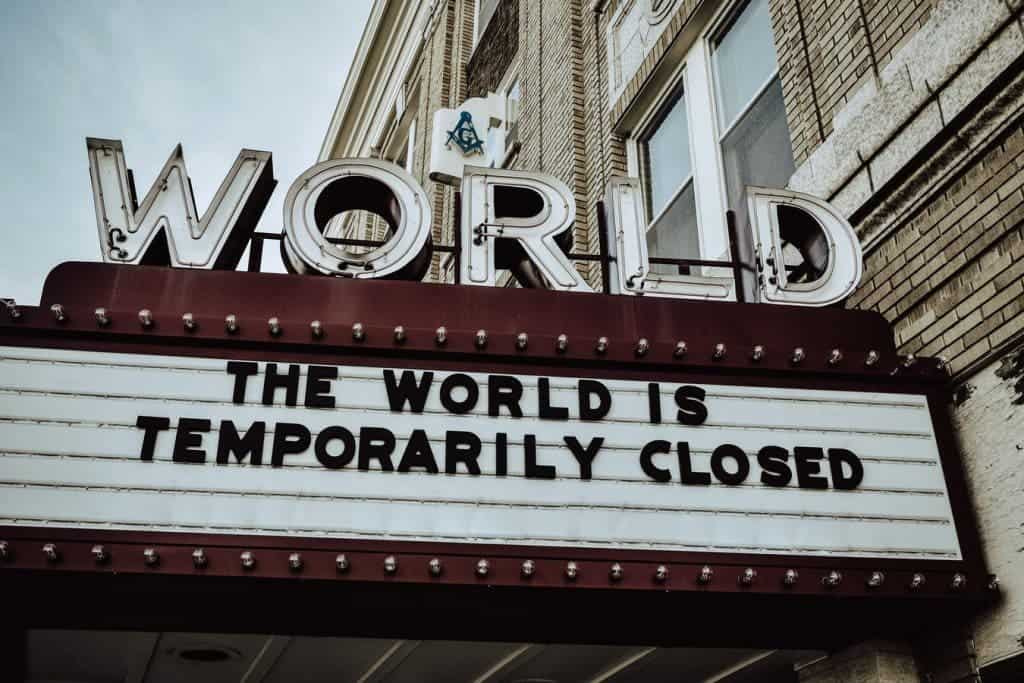We’re all eager to look forward and imagine a time where vaccine-sated countries and states lift restrictions on the pandemic and we go on with our life . The question is, can we expect to shed our deep anxiety about that, too?
A new technology using light can help us in that regard.

In the Netherlands, a design team wants to restore confidence with a cone-of-light design. This is being referred to as a “floating design” installation that emits specific light that kills viruses.
It’s a way of enabling people gathering outdoors to watch sports, to attend cultural events, or whatever else they may do — simply put, to enjoy the public commons safely.
This is what the Urban Sun is all about. It’s a concept that was dreamed up at Studio Roosegaarde, and their idea has made it to the list of finalists in Fast Company’s 2021 World Changing Ideas Awards.
Urban Sun’s cone of light sheds an other-worldly glow on a city plaza — that’s the gist of how it works. Dezeen explained how it works: “by being installed overhead on a system of cables, so it can shine a large cone of sanitizing light onto a space below.”

The Urban Sun’s cone of light is reported to be able to reduce the presence of viruses, including various strains of coronavirus and influenza, up to 99.9%.
The studio started exploring the concept in 2019. Daan Roosegaarde, Urban Sun’s designer, pioneered the idea, but the project is the result of his collaboration with scientists from Italy, Japan, Netherlands, and the US. The project is based on peer-reviewed journal articles authored by scientists. “Far-UVC light (222nm) efficiently and safely inactivates airborne human coronaviruses” is one such paper, published last year in Scientific Reports. In other words, the project doesn’t aim to be flashy or interesting — it aims to work.
So, what’s the science behind it?
“Research shows that though traditional 254nm UV light is harmful, the new far-UVC light with a wavelength of 222 nanometers can actually sanitize viruses safely,” said the studio.
The tech is also referred to as “far-UVC light.” The visible cone of yellowish light is merely regular light that demarcates the edge of the Urban Sun. “The visible ring demarcates the edge of Urban Sun. Far-UVC is invisible to the human eye, so we created a means by which the space could be visualized,” explains Studio Roosegaarde.
Safe radiation
The project’s far-UVC light source is measured and calibrated by the Dutch National Metrology Institute VSL, according to the studio. Also, Urban Sun meets the safety standards of the International Commission on Non-Ionizing Radiation Protection (ICNIRP) — which means there’s no risk of danger from the radiation itself.
“The research shows that specific ultraviolet light (far-UVC) with the wavelength of 222nm can reduce the presence of viruses, including various strains of coronavirus and influenza, up to 99.9%. Even though traditional 254nm UV light is harmful, this specific light of 222nm is considered safe for both people and animals.”
Regarding far-UVC at 222 nanometers, scientists from the Center for Radiological Research, Columbia University Irving Medical Center, had this to say in Scientific Reports last year:
“As all human coronaviruses have similar genomic sizes, far-UVC light would be expected to show similar inactivation efficiency against other human coronaviruses including SARS-CoV-2… while staying within current regulatory dose limits, low-dose-rate far-UVC exposure can potentially safely provide a major reduction in the ambient level of airborne coronaviruses in occupied public location.”
A safe(r) space
Unfortunately, some uncertainties still remain about the technology. There is limited published data about the wavelength, dose, and duration of UVC radiation required to inactivate the SARS-CoV-2 virus, the researchers say. Furthermore, an FDA report also mentiones that:
“It is important to recognize that, generally, UVC cannot inactivate a virus or bacterium if it is not directly exposed to UVC. In other words, the virus or bacterium will not be inactivated if it is covered by dust or soil, embedded in porous surface or on the underside of a surface.”
The studio, meanwhile stated its claim and its limits quite clearly in Dezeen: “Urban Sun is not intended to create a guaranteed safe space. It is intended to create a safer space.”
The studio appears to be positioning Urban Sun as a concept that can create hope, but one that should not get in the way of government regulations for safety measures.
“Urban Sun creates a space for safer human gatherings. Government regulations and advisories regarding distancing still need to occur within Urban Sun. Urban Sun reduces risk. It does not eliminate it.”
As for what’s next — the studio aims for more modeling and will explore the question of blind spots in their cone.






